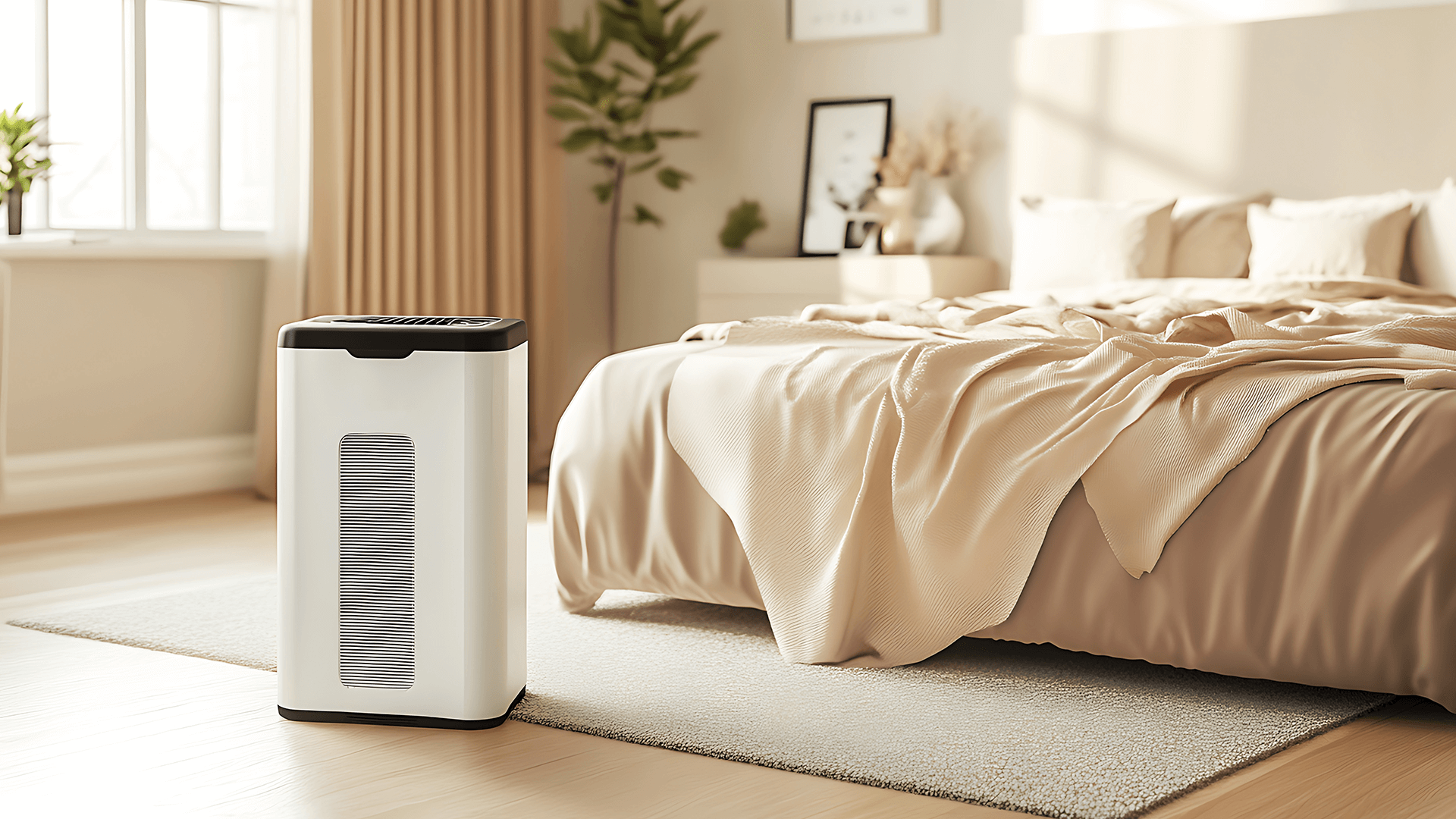Hints & Tips

Does Humidity Affect Your Flooring? What to Watch Out for in August
August often brings warm, sticky weather and that extra humidity can quietly affect your flooring without you realising. Whether you’ve got solid wood, laminate, or vinyl, changes in moisture levels can lead to swelling, gaps, or even lifting. If your home gets hot during the day and struggles to stay cool at night, it’s worth knowing how humidity plays a part.
In this blog, we’ll explain what to watch out for and how to keep your floors looking their best through the rest of summer.
Why Does Humidity Matter?
Humidity refers to the amount of moisture in the air. During August, rising temperatures and less ventilation indoors can cause that moisture to build up. Everyday tasks like cooking, showering, or drying clothes inside add to the problem without you even noticing.
When humidity gets too high, your flooring can start to react. Materials like wood and laminate absorb moisture from the air. Over time, this can cause expansion, movement, or even surface damage. That’s why it’s so important to keep indoor levels steady during summer.
How Wood Flooring Reacts to Humidity
Wood is naturally sensitive to moisture. When humidity rises, wooden boards take in water from the air and begin to expand. If there’s no room to move, this can cause cupping, warping, or buckling across the floor.
Once humidity drops again, the boards will shrink. That leads to small gaps between planks or uneven edges. Even engineered wood flooring, which is more stable than solid timber, can still react. That’s why keeping humidity under control is key to long-term performance.
The Impact on Laminate Flooring
Laminate flooring may look like wood, but it doesn’t handle moisture in quite the same way. While it’s more resistant to swelling than timber, it’s still made from compressed fibres that can absorb water from the air.
If humidity stays high, laminate boards can start to lift at the edges or separate slightly. Poor installation, blocked expansion gaps, or heavy furniture pressing down can make the issue worse. That’s why even laminate needs the right environment to last.
What About Vinyl and Tile?
Vinyl flooring is generally better at handling moisture, especially if it’s a waterproof type like SPC or LVT. These options are designed to cope with changes in humidity and are less likely to warp or lift.
However, cheaper vinyl may still react if the subfloor underneath gets damp. With tile, the surface itself is safe, but the grout can absorb moisture and lead to musty smells or mildew if airflow is poor. Even water-resistant floors need care in summer.
Spotting the Signs of Trouble
The sooner you catch a humidity-related issue, the easier it is to deal with. One early sign is cupping, where the edges of floorboards lift slightly. You might also spot small gaps between planks or notice the floor feels uneven underfoot.
In some cases, the boards may start to rise at the ends or develop a spongy feel. Musty smells can also suggest trapped moisture, especially under vinyl or laminate. If something looks or feels off, it’s best to act quickly.
How to Protect Your Floors this Summer
A few simple steps can make a real difference. Use a dehumidifier on muggy days to keep moisture under control. Aim for indoor humidity between 35 and 55 percent, which suits most flooring types.
Open windows when you can and avoid drying clothes inside. If you’re not sure what the levels are in your home, a basic hygrometer is an inexpensive tool that can help you keep track and prevent damage.
Humidity can cause real problems if left unchecked, but most of them are easy to avoid with a little care. If you’re unsure what type of flooring you have, or you’ve spotted early signs of damage, we’re here to help.
Get in touch with Wilmac Flooring for expert advice or to explore flooring options that work with your home, not against it.
Comments are closed here.